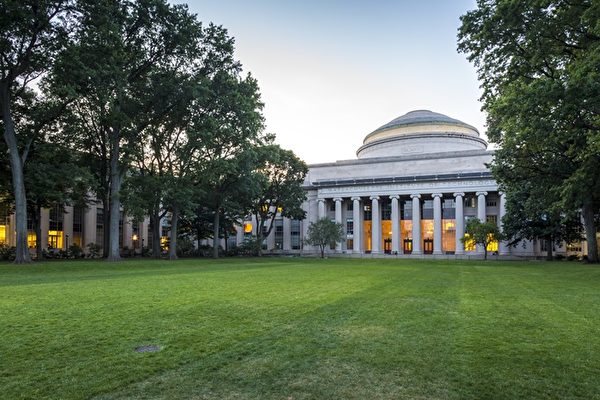The prestigious Massachusetts Institute of Technology (MIT) in the United States has revealed a significant shift in the racial composition of its incoming freshmen class following the Supreme Court’s ruling in 2023 that prohibited universities from considering race as a factor in admissions. According to MIT, the proportion of African American, Hispanic, Native American, and Pacific Islander students has decreased from 31% to 16%, while the proportion of Asian American students has increased from 41% to 47%. The proportion of white students remained largely unchanged.
This change in demographic composition is seen as a direct result of the Supreme Court’s decision last year to end affirmative action policies at universities across the country. For decades, many elite universities in the United States have used affirmative action to increase the enrollment rates of minority students.
In the case that led to the Supreme Court ruling, Harvard University and the University of North Carolina argued that they aimed to promote diversity to provide a wide range of educational opportunities and bring diverse perspectives to their campuses. However, the conservative majority on the Supreme Court ruled that these universities’ admissions policies displayed racial bias, violating the equal protection clause of the U.S. Constitution.
Sally Kornbluth, the President of MIT, stated in a release about the Class of 2028: “As always, this class of students has excelled in many aspects.”
“However, as a result of last year’s Supreme Court ruling, this year’s admissions did not achieve the same level of racial and ethnic diversity that MIT’s community has been striving towards for decades,” she continued in her statement.
In the incoming class at MIT this year, African American students make up 5%, Native American/Alaska Native students make up 1%, Hispanic students make up 11%, Native Hawaiian/Pacific Islander students make up 0%, Asian American students make up 47%, and white students make up 37%. (Some students are identified as belonging to more than one racial group.)
In comparison, over the past four years, African American students made up 13%, Native American/Alaska Native students made up 2%, Hispanic students made up 15%, Native Hawaiian/Pacific Islander students made up 1%, while Asian American students made up 41%, and white students made up 38%.
University administrators in the U.S. have adjusted their recruitment and admissions strategies to comply with the Supreme Court’s ruling and are making efforts to maintain minority students in the applicant and admission pools.
Kornbluth acknowledged that MIT’s efforts have proven to be ineffective, and the institution plans to better promote its financial aid measures in the future, as well as invest in expanding educational opportunities for students nationwide to narrow the gap in admissions disparities.

